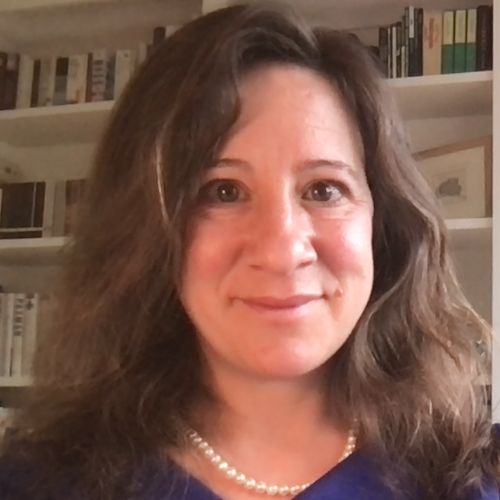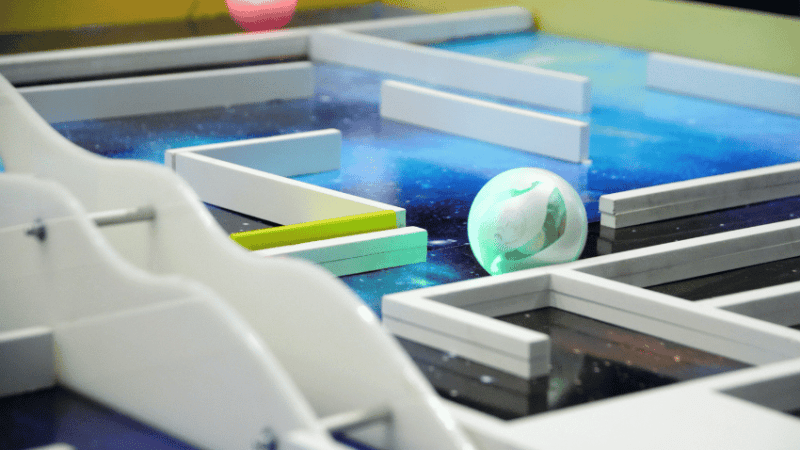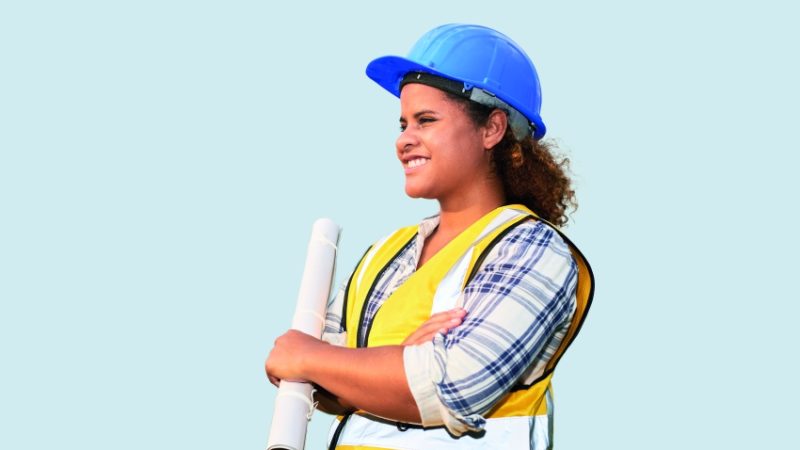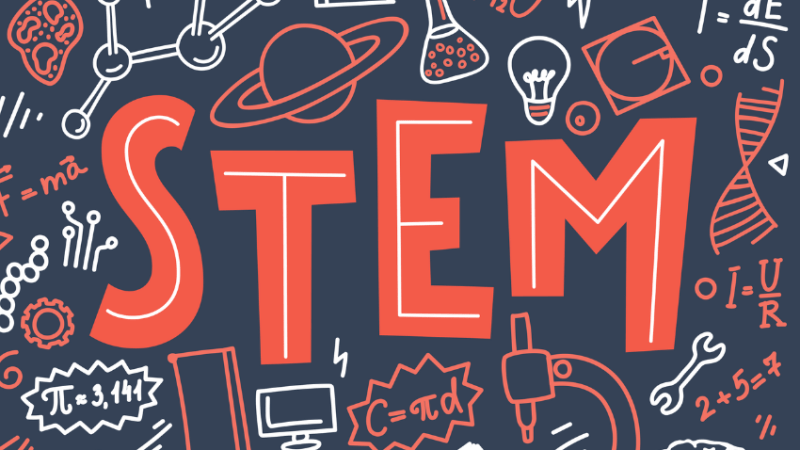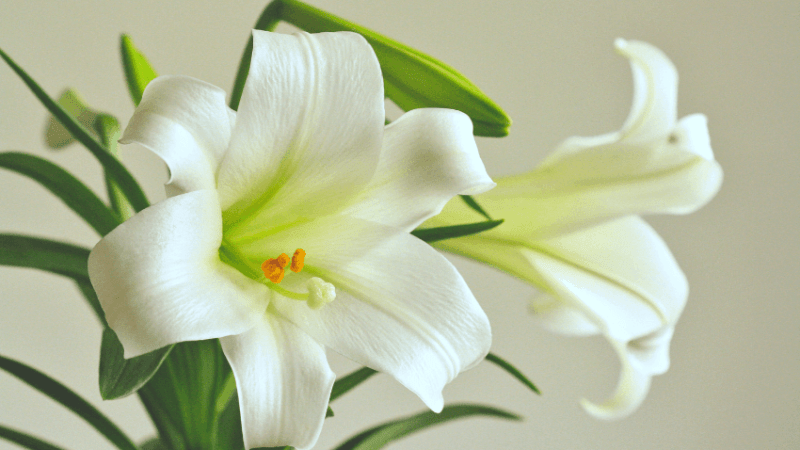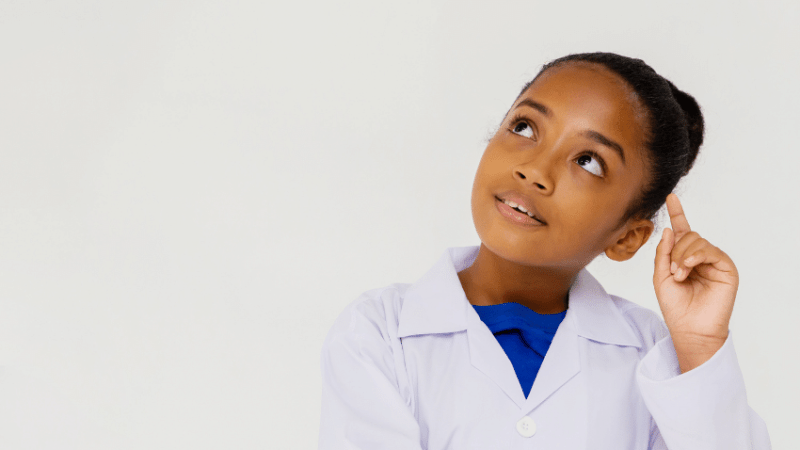Science activities for kids – bird feeders that improve critical thinking
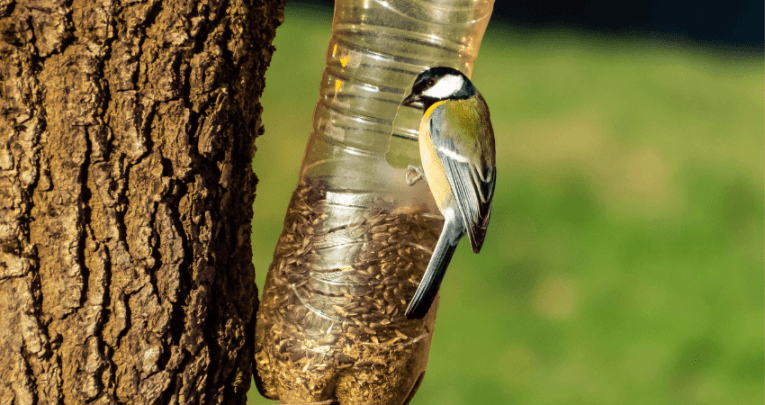
Looking for Christmas science activities for your class? This bird feeder project both helps the environment and encourages critical thinking
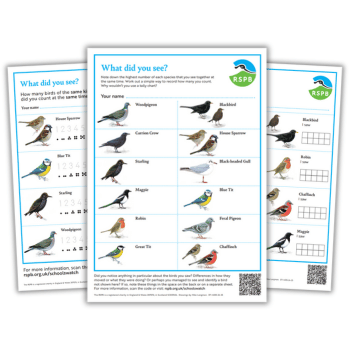
As we move towards Christmas, classrooms across the country increasingly draw upon craft and design projects as part of both celebration and creativity. Science activities might even sound a little ‘dull’.
But alongside their place in RE, art, DT, etc, these crafts can also be a valuable source of STEM learning.
For example, a great question to pose to young people might be: “Do Christmas decorations on a bird feeder make it more or less attractive to birds, or would it make no difference?”
This encourages learners in our classrooms to think more forensically about:
- the feeder’s design and construction
- the properties of materials used
- the relationship between nature and science
- the process of forming and testing hypotheses
- the dissemination of outcomes.
Critical thinking in science
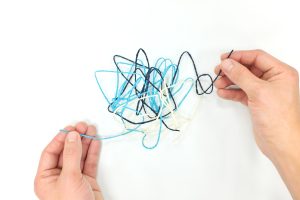
As Neil Atkin, the international award-winning physics teacher explains: “Our young people live in an increasingly polarised world of information and misinformation.
“Developing scientific literacy, where they learn to question their own and others’ ideas and look for evidence, is essential.
“As we know, science is not just a body of facts, but a process that searches for truth. An individual scientist is no more or less trustworthy than any other person, but the process of science is about developing a consensus.
“When research scientists publish their findings they have to convince other sceptical scientists that the evidence they are presenting is reliable and valid.
“This demands much greater attention to challenging our own findings first and exploring different possibilities and sources of evidence.”
Having observed Neil teaching physics, one of the many phenomenal features of his practice is that he constantly encourages students to challenge him.
He reminds us all to demand “Where is the evidence?” when presented with any fact, finding or claim.
Scientific literacy
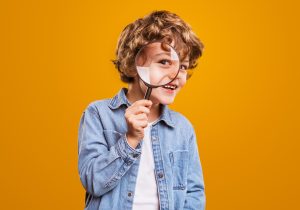
Where there is an absence of evidence, there must instead be questions, ideas and healthy challenge. And this applies just as much to media literacy and digital literacy as it does to science activities.
Importantly, this focus on searching for evidence encourages us all to be more open in what ‘might’ be possible. It encourages critical thinking and problem-solving skills.
As Neil explains: “Teaching science should be an exploration of a real issue, an opportunity to find out something new, that potentially no one else knows yet.
“This challenges our students to provide and share evidence for their findings that will convince others about what they found. It gives them real purpose, a real audience and makes classroom science relevant to their wider lives.”
Fortunately, this kind of science doesn’t have to be limited to specialist teaching.
Simple activities are available to us all to weave into a range of other lessons. This is where the festive bird feeders come in.
This activity can also be easily extended into a fully integrated STEM lesson.
Science activities – bird feeder project
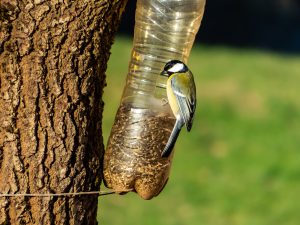
The problem
The annual RSPB Big Schools’ Birdwatch has shown the massive decline in the number of garden birds.
With winter approaching and an increasingly unpredictable climate, in this activity, pupils can make an immediate, real impact on their own school site, garden or local community area.
The scientific question
“Do Christmas decorations on a bird feeder make it more or less attractive to birds, or would it make no difference at all?”
The task
Using everyday discarded materials (see the Brilliant Rubbish Science website for great examples and ideas), invite students to design and make two bird feeders. Ideally from plastic bottles.
These could be made in class or at home, individually, in pairs, or in groups. There are lots of opportunities for meaningful, social learning.
The two feeders must be identical in every respect other than one has Christmas decorations on it.
The experiment
Learners have to find out which feeder (if any) birds prefer over a chosen timeframe. They should also provide evidence that will convince others that their findings are valid.
This doesn’t necessarily mean that they need to carry out structured written recording (although they might wish to).
You might also want to tie this in with mathematical data handling or spreadsheet formulas, etc.
The outcome
Invite learners to share their findings with others. See how many people they can convince of their conclusion, on the basis of real evidence.
They should be able to use their results to find the best way of increasing the number of healthy garden birds in their local area.
The social impact
Through dialogue and evidence, you are empowering children to solve real-world problems through their own ideas.
With the festive season therefore approaching – whether you use this simple bird feeder idea or another – Neil has a simple message. That is, to think about how simple activities, using discarded everyday materials, can become catalysts for problem-solving science.
Most importantly, it champions our young people to constantly ask, “Where is the evidence?” for every claim, fact or idea to which they are introduced. This will bring a greater level of critical thinking and critical application to both pupils and teachers alike.
Named by Education Business as one of the 50 most influential people in education (2022), Dr Fiona Aubrey-Smith is an award winning teacher and leader and now education consultant with a passion for supporting those who work with children and young people.
Neil Atkin, the physics teacher featured above is an award-winning science and edtech teacher who has may have taught in more schools worldwide than any other individual teacher. Follow Neil on Twitter @natkin

